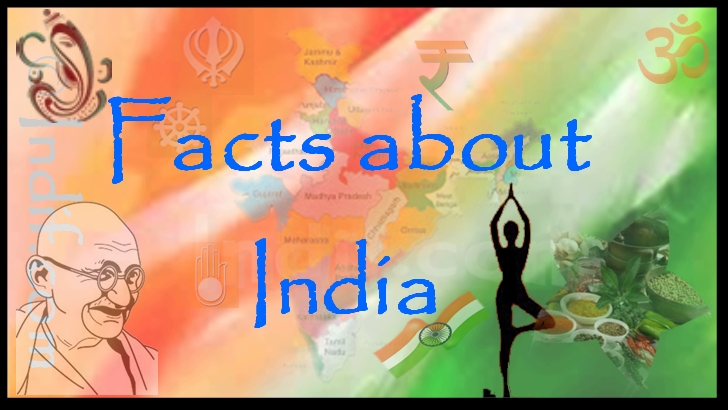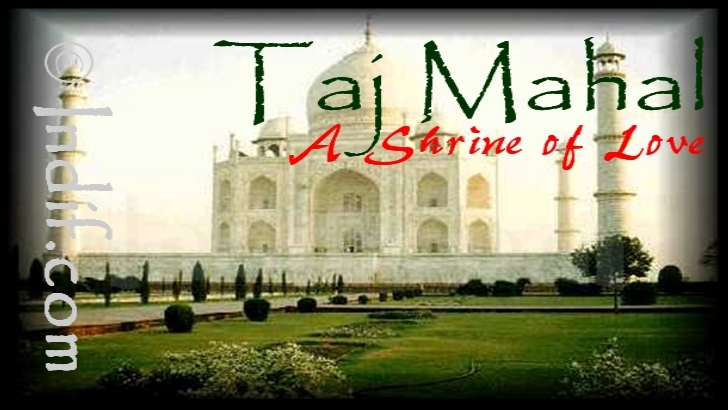My India / My Pride / About India
India, officially Known as Republic
of India (In Hindi Known as Bharat or Hindustan), is a
country in southern Asia, It is bounded on the north by
Afghanistan, China, Nepal, and Bhutan; on the east by
Bangladesh, Myanmar, and the Bay of Bengal; on the south
by the Palk Strait and the Gulf of Mannar (which
separates it from Sri Lanka) and the Indian Ocean; and
on the west by the Arabian Sea and Pakistan.

National symbols intend to unite people by creating
visual, verbal, or iconic representations of the
national people, values, goals, or history.These
symbols are often rallied around as part of
celebrations of patriotism (such as independence)
and are designed to be inclusive and representative
of all ...

India is a "Sovereign, Socialist, Secular,
Democratic Republic" with a parliamentary system of
government. It is the largest democracy in the
world. The President of India is the head of state
and the Prime Minister of India is the head of
government. India follows the dual polity system
i.e. a double government ...

India is the seventh largest country in the world in terms of area. It is the biggest country in Southern Asia, which covers an area about one-third the size of Europe. The Indian subcontinent is surrounded by three different water bodies and is easily recognisable on the world map.
There are 29 states and seven union territories in
India.

India's vibrant land is as diverse as its people.
Indian culture and life style is always a subject of
curiosity for the world. Indians believe in simple
living and high thinking. India displays an amazing
mixture of ancient ritualistic culture and modern
lifestyle at the same time. India is an incredible
blend of versatile customs and traditions.

India is a place of wonders, with a diversity of culture, geography, dozens of languages, over a billion people,and gifted natural resources.India is one of the most popular travel destinations in the world and attracts everyone from backpackers, to cultural and spiritual seekers and just those in search of a good time. India offers innumerable opportunities for tourism. Which makes India as the most preferred
...

Dance has always been a highly sacred and potent art-form in India. Dance is an expression of happiness and joy. In India, it is linked to the mythology and culture as well, it is an inseperable fabric of the Indian culture. Dances reflect the moods and feelings of the common human being. In India, dance is unbound by parameters of time and seasons and each occassion gives happiness to the people.

Bharat Mata, that is, the Mother India (Bharat -
India, Mata - Mother) is a personification of India,
and relatively seen by some as a mother goddess of
fertility. She is usually depicted as a lady, clad
in a saree holding a flag.The depiction of India as
a Hindu goddess implies that it is not just the
patriotic but also the religious
...

A patriotic song is a song that demonstrates love for one's country. It may be an official National Anthem, National Song or may not be. It is often sung on national holidays. Common themes include love of country, or have themes that glorify self-sacrifice; others focus on a land's beauty, history, or ideals.

The foundations of Hindi lie in the 5000-year-old tongue of the Aryan immigrants, Sanskrit. Hindi borrows flavors from Dravidian, Turkish, Arabic, Portuguese and English. A richly expressive and simple language, the language of poetry and songs. Hindi is also the mother tongue of about 20% of the Indian population. English language is the commonly used official language of India. It enjoys a special status and remains the additional official language.

Hindi is an Indo-Aryan language spoken all over
India. It is one of the official languages of India.
Hindi is written in the standardized Devanagari
script, which is written from left to right. It was
originally written with the Brahmi script but since
the 11th century AD it has been written with the
Devanagri alphabet. Hindi developed directly from
the ancient language of India, Sanskrit through
Prakrit and Apabhramsha .
India : A brief History
People have been living in India for many
thousands of years. As far as we know, a great
civilization developed about 4500 years ago in
the valley of the Indus River. The Indus valley
lasted for about thousand years. The ruins of
Harrapa and Mohan-Jodero were some of the towns
of that civilization. The people were rich, they
made rivers, they were aware of farming,
trading, cooking etc. Before 1500 B.C., Aryans
began coming to the Indian peninsula. During the
years that followed, most of the Aryans settled
in villages. They became farmers or craft
workers. Mean while, the Hindu religion was
beginning to take shape. This religion combined
the beliefs of the Aryans with the beliefs of
the earlier peoples who lived in India. Today,
about five sixth of India's people follow the
Hindu religion. The Aryans of India used a
beautiful language called Sanskrit. About 563
B.C., a child born to a family of nobles who
lived in the foothills of the Himalayas. The
boy's name was Siddhartha Gautama, He known as
Gautama Buddha. His teachings became a new
religion called Buddhism. In the fourth century
BC most of the India was united under a single
ruler, Chandra Gupta Maurya. Maurya family ruled
India for about 150 years. The greatest of the
Maurya rulers was Emperor Ashoka. Pillars with
messages preaching love and kindness were setup
through out the empire. National Emblem is also
taken from top part one of those pillars in
SarNath in 1950. After Ashoka death, Maurya
empire fell apart, Then about 320 AD Guptas
started building an empire in northern India.
India made great achievements in art, literature
and science. For this reason, the Gupta period
is often called Golden Age of India. The Gupta
empire came to an end around 500 AD. In the
following centuries, India was invaded again by
people from other lands including Mughals and
Europeans. Portugal was the first European
nation to find all water route to India. After
1498 many European traders sailed to India by
the route that Vasco De Gama had discovered. In
the 1700 the Portuguese lost their power and
Britishers started to come up. By 1857 East
India Company governed much of India. In 1877,
Queen Victoria of Britain assumed the title
"Empress of India." About 1920, Mahatma Gandhi
began leading the Indian people in their fight
for the freedom. In 1947, India got freedom from
the Britishers. But India was also divided into
two countries India and Pakistan. On January 26,
1950, India became a democratic republic by
adopting the constitution written by Dr.
Ambedkar. Pandit Jawahar Lal Nehru was elected
as first prime minister of India. |

















